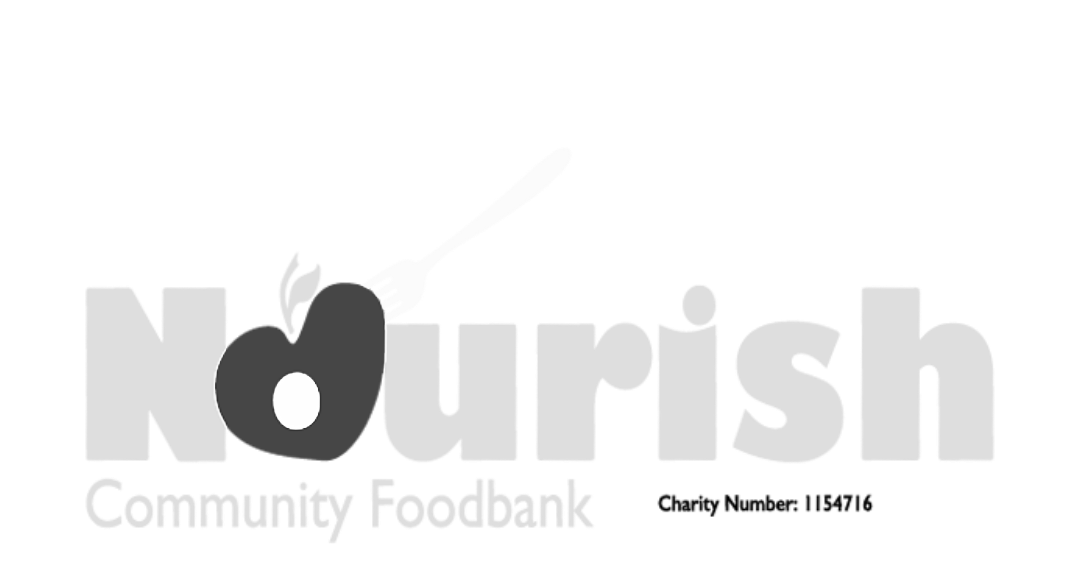Fruit flies like a banana!!!
Time flies like an arrow and fruit flies like a banana (work it out!); here we are again, the 5th April approaching fast . . . . whether you’re an arrow or a fruit fly, it’s time to get ready for the tax year end!
With that in mind here are a few pointers to consider:
- The tax benefit on dividends has certainly been carved away; long gone are the days of the 10% dividend tax credit! For this tax year there is a £2, 000 dividend allowance at zero rate, yes that’s all! Any money taken by dividends will be considered in an individual’s tax return. This means that up to the higher bracket the tax on dividends is 7.5% and thereafter you will be suffering 32.5%. However, if you cross into additional rate, you will be looking at 38.1%! However, dividends are still the most efficient way for a director to take funds from their company.
- The personal tax allowance is £11, 850 this year with a promise in the last budget to increase this to £12, 500 to April 2020. The higher rate is due to increase to £50, 000. Watch this space!
- The threshold at which you pay a higher rate of tax has increased to £46, 351 but the additional rate has stayed the same at £150, 000. The rates of tax paid have also stayed the same at 20%, 40% and 45%. Please remember that you only pay the higher rates of tax on the income over the thresholds, not the total income. Also, if you are an additional tax payer your personal tax allowance will decrease by £1 for every £2 that you earn above £100, 000.
- The auto-enrolment pension rates are 2% employer minimum contribution and 3% staff contribution to 5th April 2019. From 2019 onwards these will be 3% employer and 4% staff. It is important that companies realise how the rates raise will not only impact their own contributions but also those employees who have opted to buy into such pensions.
- The main rate of corporation tax has reduced from 20% to 19% in 2018. This rate is due to remain for the 2019 year. Currently it is due to reduce to 18% starting the 1st April 2020.
These are just a few headlines for the new tax year. If you have any specific questions please do get in touch as I know there are other areas of tax that many are affected by. We can start working with you straight away – there’s no need to wait for the deadline of the 31st January 2020!!!
Paula









